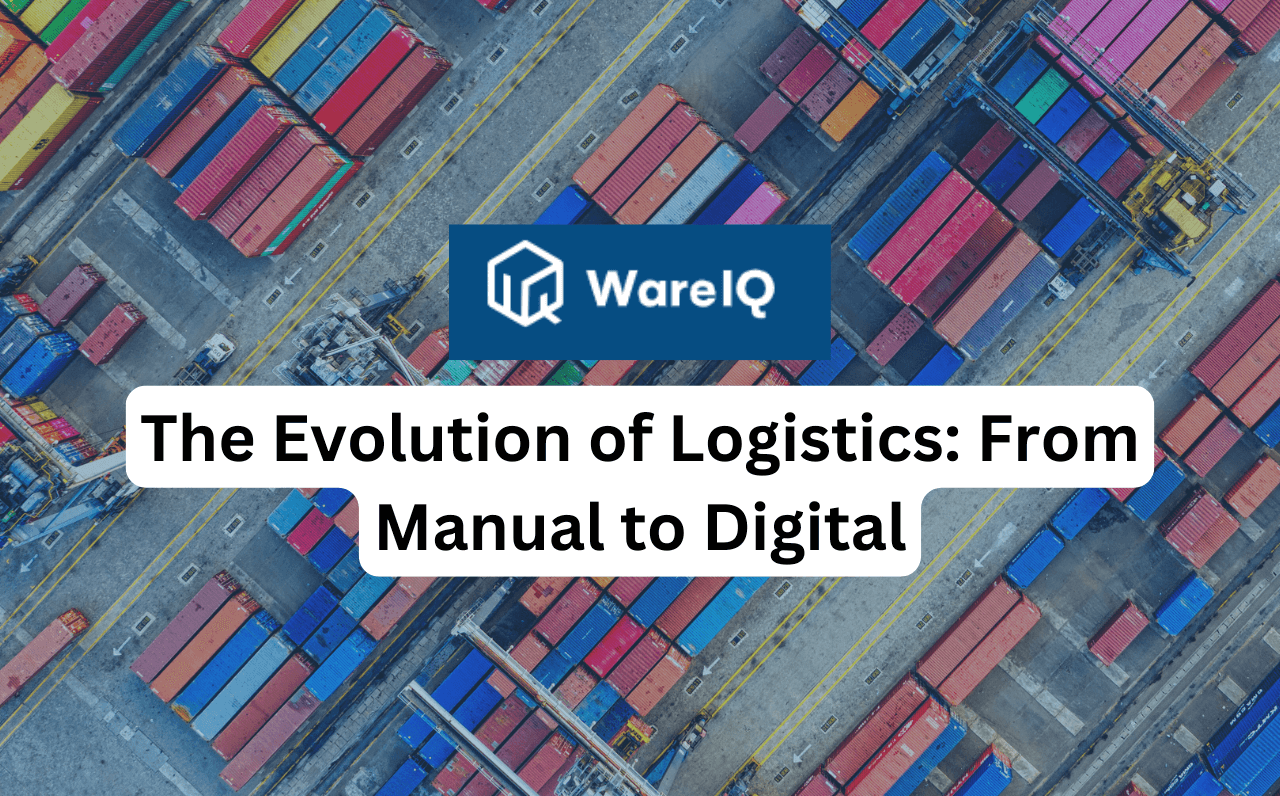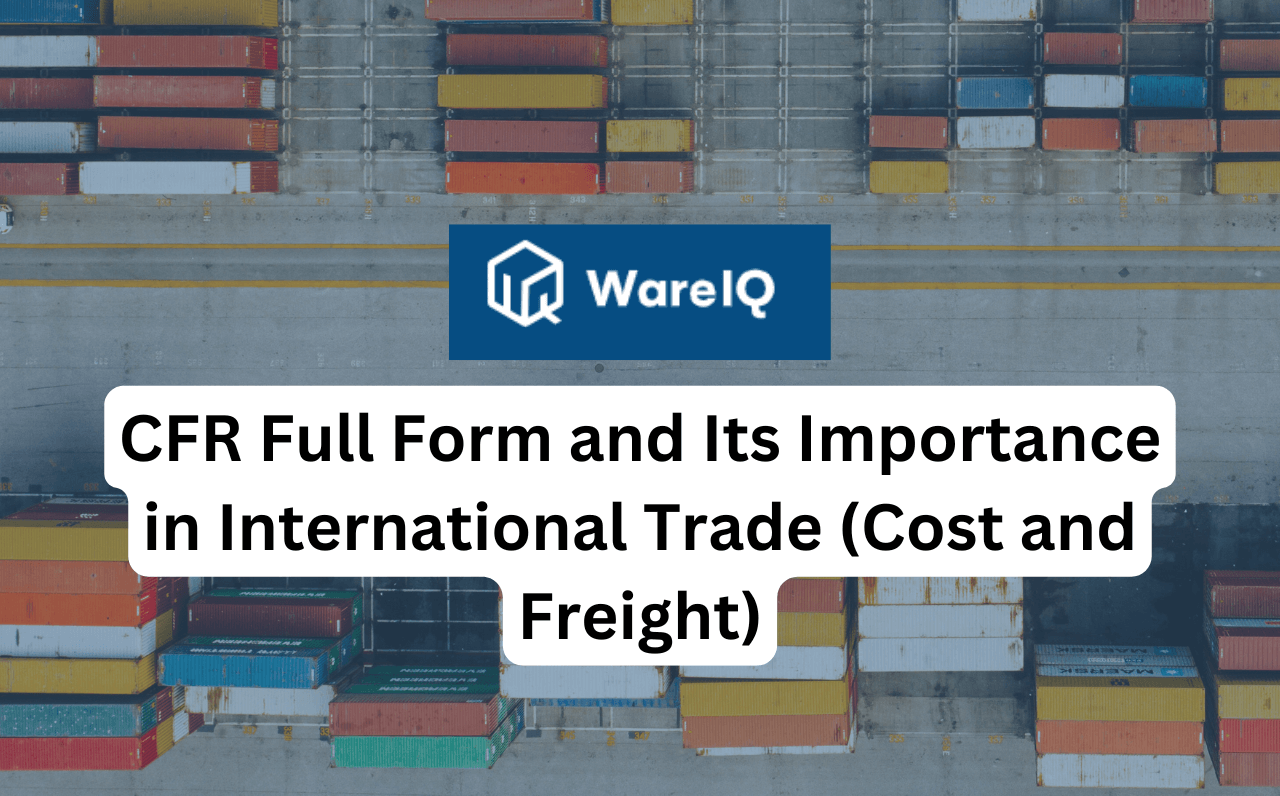
What Is a Customs Tariff? Types and How They Work
A customs tariff is a tax imposed on goods imported into a country. It is one of the oldest trade tools used by governments to regulate international commerce.Customs duties make imported products more expensive, giving locally produced goods a competitive edge. This helps protect domestic industries from foreign competition.For governments, tariffs are a major source of revenue. For businesses, they directly impact pricing, sourcing, and profitability. For consumers, tariffs influence product availability and final purchase costs. In this blog, you will learn what a customs tariff is, its various types, how it works, and why understanding tariff codes, such as the Indian customs tariff, and tools like the CBIC duty calculator, are essential for global trade compliance.The Customs Tariff Act, 1975The Customs Tariff Act, 1975, was enacted to consolidate and amend the law relating to customs duties in India. It came into effect on August 2, 1976, and provides the legal framework for levying import and export duties under the Customs Act, 1962.The Act empowers the Central Government to impose tariffs not only for revenue but also for trade protection. It allows for additional duties, countervailing duties, and anti-dumping duties to safeguard domestic industries. In short, the Act is the backbone of India’s customs duty system, ensuring that imports and exports are regulated fairly and systematically.Structure of the Customs Tariff ActThe Act is structured around two main schedules: the First Schedule, which covers import tariffs, and the Second Schedule, which covers export tariffs. These schedules are divided into sections and chapters, each covering specific categories of goods and services.Tariff classification is central to the Act, where every product is assigned a unique tariff item number. This number determines the applicable duty rate and compliance requirements. The structured classification system ensures uniformity, simplifies trade documentation, and aligns India’s tariffs with international standards, such as the Harmonised System (HSN).Customs Tariff Code and ClassificationA customs tariff code is a numeric identifier used to classify traded goods and services. Globally, it is based on the Harmonised System of Nomenclature (HSN), which assigns each product category a unique code. These codes standardise trade, making it easier for customs authorities to assess duties and ensure compliance.Every imported or exported item must be declared with its tariff code. This determines the applicable duty rate, trade restrictions, and documentation requirements. Without proper classification, businesses face risks of penalties, delays, or incorrect duty payments.Indian Customs Tariff & Classification SystemIndia follows an eight-digit classification system under the Customs Tariff Act, 1975, aligned with the HSN. The first six digits are based on the global HS code, while the last two represent Indian sub-classifications.The First Schedule covers import tariffs and the Second Schedule covers export tariffs. Each schedule is divided into sections and chapters, grouping products by nature and use. The classification rules are detailed and supported by general notes, section notes, and chapter notes.DigitsMeaningExample (HS Code 85011011)1–2Chapter (product category)85 = Electrical machinery3–4Heading (broad type of goods)01 = Motors and generators5–6Sub-heading (specific product group)10 = Motors ≤ 37.5 W7–8Indian sub-classification11 = Micro motorChapter 85 of Customs Tariff (Electrical Machinery and Equipment)Chapter 85 is one of the most important categories in India’s customs tariff. It covers electrical machinery, equipment, sound recorders, television apparatus, and related parts. Products under this chapter include motors, generators, transformers, semiconductors, telecommunication devices, and electronic components. Proper classification is critical as duty rates vary widely depending on the subheading.For businesses importing electronics, Chapter 85 has a direct impact on cost calculations, compliance, and competitiveness in the Indian market.Also read- Import Duty in IndiaHow Customs Tariffs WorkCustoms duties generally fall under different categories:Basic Customs Duty (BCD) is the standard tax on imports.Integrated Goods and Services Tax (IGST), which aligns imports with domestic GST.Additional duties, such as Countervailing Duty (CVD) or Anti-Dumping Duty, may apply. The tariff rate may also vary depending on the country of origin, with preferential duty rates often granted under trade agreements such as the ASEAN-India FTA or SAFTA.Importers must declare the correct CTH, product description, and country of origin when filing bills of entry. Any misclassification can lead to penalties or confiscation. Hence, understanding tariff classification and its impact on total duty payable is critical for compliance and accurate cost estimation in international trade.Using the CBIC Duty CalculatorThe CBIC’s online Duty Calculator simplifies tariff determination by allowing importers to search using either the Customs Tariff Heading (CTH), product description, or country of origin.You need to enter the details so the system can display the correct customs duty rate. Here’s how to fill it:CTH (Customs Tariff Heading):Enter the tariff code of the product you want to import.It’s usually a 4 to 8-digit number (HS Code).Example: Books = 4901, Laptops = 8471, Perfume = 3303.Description (optional if you know CTH):Type the product name or description (max 30 characters).Example: “Laptop”, “Perfume”, “Printed Books”.Country of Origin (optional):Select if you want to check for preferential duty rates (under trade agreements) or for anti-dumping duty.If not relevant, you can leave it blank.Related - Difference Between Tax and FeeTypes of Customs TariffsCustoms tariffs are taxes levied on imported goods, and they can take various forms depending on the method used to calculate the duty. The different types of tariffs are Specific Tariffs, ad valorem tariffs, and Preferential Duties.Specific TariffA specific tariff is imposed as a fixed charge on each unit of goods imported, regardless of its price. For example, if the tariff on shoes is set at ₹50 per pair, importing 2,000 pairs will result in a duty of ₹100,000, regardless of whether the shoes are made of luxury leather or basic canvas. This method provides predictability for governments but may disproportionately affect lower-value goods.Ad Valorem TariffAn ad valorem tariff is charged as a percentage of the value of the imported item. For instance, if the ad valorem tariff on mobile phones is 10% and you import a consignment worth ₹5,00,000, the payable duty will be ₹50,000. This system ensures fairness by scaling duties in proportion to the value of the goods, but it also requires accurate documentation and valuation at customs.Preferential DutiesPreferential duties are reduced or zero tariffs are applied to imports from certain countries under trade agreements or development schemes. For example, India may import textiles duty-free from a partner country under a Free Trade Agreement. These measures aim to encourage trade with developing economies while supporting strategic economic ties.Explore in details - Different Types of Tariffs and Tariff Codes with ExamplesRole of Customs Tariffs in Global TradeCustoms tariffs directly influence trade flows by determining costs, market access, and competitiveness. While most global trade is tariff-free, remaining duties still create significant barriers, especially for developing economies.Tariff-free trade dominates: About two-thirds of international trade occurs without tariffs due to Most-Favoured-Nation (MFN) treatment and trade agreements.High protection in key sectors: Agriculture faces average MFN import duties of nearly 20%, while textiles and apparel attract around 6%. Manufacturing barriers also persist, whereas raw materials typically see low tariffs.Developing countries are disadvantaged: exporters from developing nations face higher duties, which limit their access to global markets. High agricultural tariffs particularly restrict their competitiveness.South-South trade hurdles: Trade between developing regions, such as Latin America and South Asia, carries average tariffs of 15%, showing limited liberalisation compared to North-South trade.Tariff escalation effect: Many countries impose higher tariffs on finished goods than raw inputs, discouraging industrialisation in developing economies by keeping them dependent on raw material exports.Global trade trends (2024): World trade reached $33 trillion, representing a 3.7% increase. Services drove growth with a 9% increase ($700 billion), while goods grew by only 2% ($500 billion).Regional performance: Developing economies expanded imports and exports by 4%, led by East and South Asia. Developed economies stagnated, with trade falling 2% in the fourth quarter.Imbalances widen: The US deficit with China increased to -$355 billion, while China’s surplus reached its highest level since 2022. The EU shifted into a trade surplus after years of deficits.How WareIQ Simplifies Customs Tariffs and LogisticsWareIQ is a Y Combinator-backed e-commerce full-stack platform that powers seamless cross-border and domestic fulfilment. With its technology-first approach, WareIQ helps businesses simplify compliance and optimise logistics.Pan-India Fulfillment NetworkWareIQ operates a network of Seller Flex and FAssured compliant fulfilment centres across 12+ cities.Last-mile delivery partners cover 27,000+ pin codes, ensuring faster clearance and smoother movement of goods subject to customs tariffs.Multi-Channel Fulfillment PlatformPlug-and-play integrations with marketplaces (Amazon, Flipkart, Myntra, Nykaa), D2C platforms (Shopify, Magento, WooCommerce), WMS, and ERPs.Businesses can manage cross-border imports, distributor supply, flagship stores, and e-commerce sales with one system.Inventory LogIQ for Smarter PlanningAI-led inventory planning that reduces stockouts and automates replenishment.Helps businesses better forecast demand, ensuring customs-cleared goods move quickly into distribution channels.Tech-Enabled Returns & QCHD media evidence capture for damaged or missing returns, stored centrally for transparency and accountability.Eliminates disputes and rejections in marketplaces, reducing compliance risks associated with tariff number mismatches.Seller Enablement & SupportDedicated account managers for smooth customs and logistics operations.Assistance with APOB/PPOB registrations, GST compliance, and COD verification.Also read - HTS Explained: What Is the Harmonised Tariff Schedule?FAQsWhat is a customs tariff in simple terms?A customs tariff is a tax or duty imposed on imported goods by a country’s government to regulate trade, generate revenue, and protect domestic industries.How do I find my custom tariff code?You can find your custom tariff code (HSN or tariff number) through the CBIC portal, trade directories, or by consulting with customs agents for accurate classification.What is the difference between customs duty and customs tariff?A customs tariff is the structured schedule of rates applied to imported goods, while customs duty is the actual tax paid based on that tariff.How do I use the CBIC duty calculator?The CBIC duty calculator allows importers to input the tariff code, product details, and shipment value to estimate payable customs duty and landed costs.
November 19, 2025








